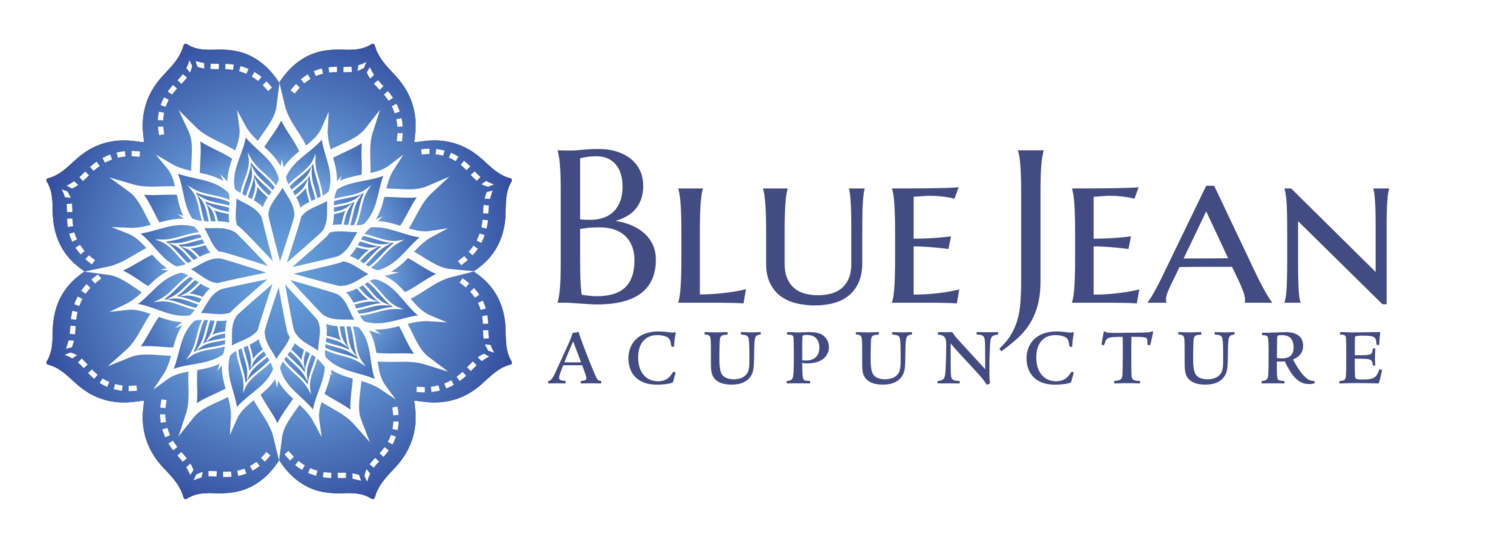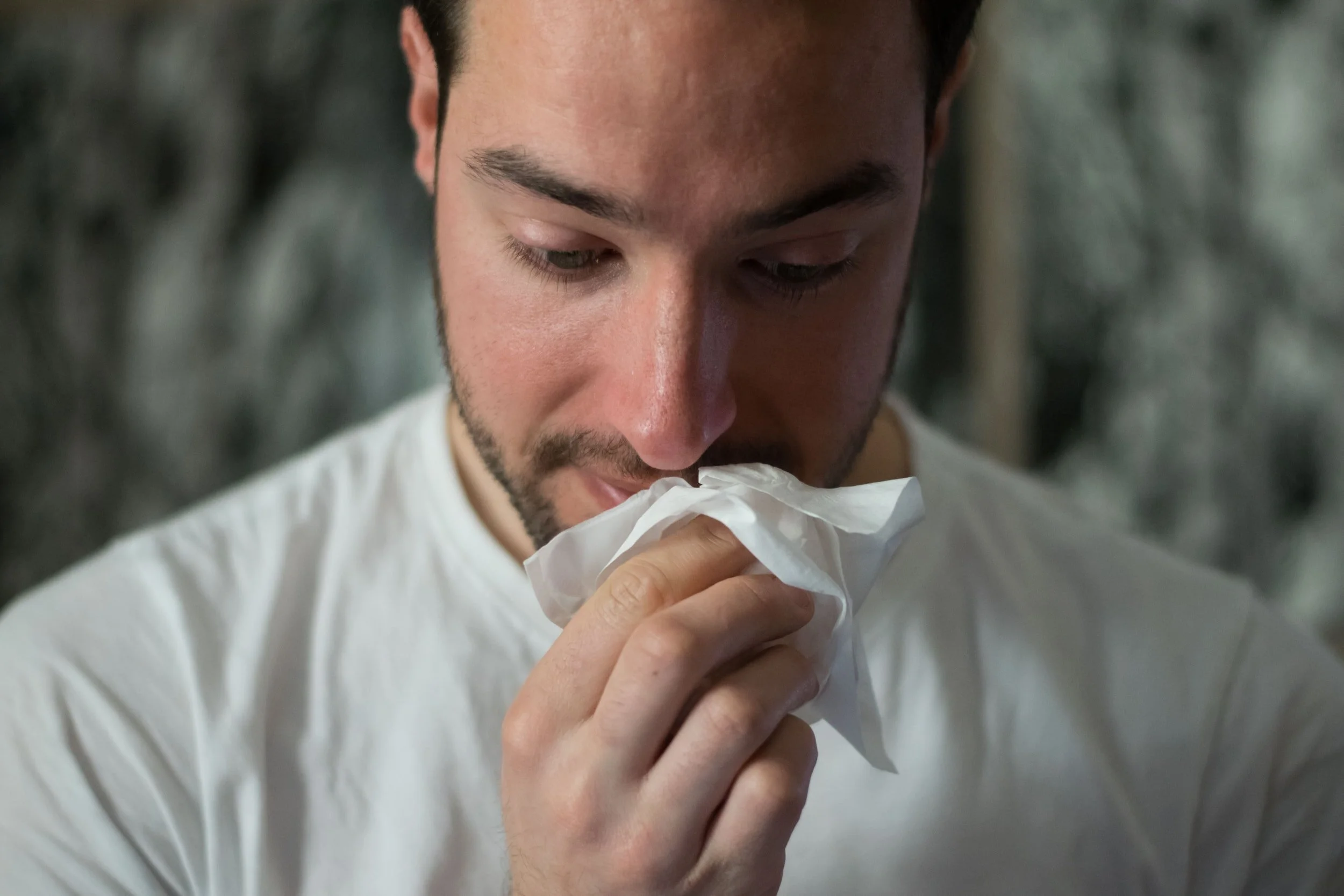If you're like the majority of people in modern day America you spend a lot of time in front of the computer, most likely the major part of your day. It's no wonder that one of the most common issues that we see in our clinic is "computer neck." This can lead to issues ranging from mild discomfort to severe disc issues.
Unfortunately our bodies are not designed to be in computer posture for several hours a day, day in and day out. And it's not likely that most of us will be spending much less time in front of our screens so how can we both, keep on working, AND keep our necks, and back healthy?
First, it's really helpful to have a mental picture of what is happening to your neck and back when you are in computer posture. This encourages you to work towards better posture daily.
If you have chronic neck and back pain, worse after a day at work then it is very likely that you are sitting the wrong way at your computer. For most people what this looks like, is a keyboard that's too far away, causing you to reach for it, which in turn rounds the back, and cranes your neck forward. And if your screen is too low that makes your neck crane forward and down. This is the perfect recipe for neck and back pain!
If you want to understand why this posture causes pain, imagine holding a bowling ball away from your body. The further you hold the ball away from your center the more difficult it would be to hold up. If you held the ball out with your hand as far away as you could, pretty soon your arm would be tight, painful, and shaky. You couldn't hold the ball there for more than a minute or two because you are loading the weight onto your arm muscles.
In the same way, most people who work at computers load their trapezius muscle when they hold their heads away from their bodies. The trapezius is the broad muscle that makes up the back of your neck and covers your upper back. When your head is craned forward for several hours a day, your poor trapezius is screaming for mercy! It gets tighter throughout the day, which puts compression pressure on the inter-vertebral discs in your spine. Over time this pressure leads to these jelly like pads losing their "fluffiness" and the discs deteriorate causing even more neck pain. Not fun!
So what do we do about this? Let's think back to the bowling ball example again. If you were trying to hold up the bowling ball with the least amount of pain and fatigue, you could do it if you held the ball close to your center. That's because when you hold the ball closer to you, your frame is holding most of the weight, not your muscles.
In the same way we have to think about centering the weight of our heads on our frames. Keeping your head up and squared over your shoulders, not angled downwards, or jutted out forwards is the most relaxed way for your head to be positioned. Make sure that your computer screen, is at eye level, even if that means getting a stand for it. And be really aware of your head position while using your cellphone too! We are on those sometimes as much as we are on our computers. Do not put your cellphone down on a table or in your lap to look at it. Put it up to your eyes, don't bring your eyes down to it!
At your work station make sure to check your distance to your keyboard. It shouldn't be so far away that your back has to curve forwards in order to reach it. This makes your back muscles overwork to stabilize you in that position, just like your trapezius.
Lastly, find some way to let your body go in the opposite direction for a few minutes a day. When you sit at your computer your body is bending forwards into a "C" shape. In order to let your trapezius and back muscles relax you have to bend the "C" in the opposite direction.
You can use an exercise ball, or a foam roller, or yoga, whichever is your favorite method is fine, as long as you are letting your neck and back, go backwards for a few minutes a day. Try it. It feels great, and doing it regularly will keep your neck and back healthier for years to come!
If you have stubborn knots, chronic neck and shoulder pain that has been your constant companion for years and years by all means come on in and see us. Other than posture there could be other factors at play, such as circulation issues, chronic inflammation, trapped nerves etc. Acupuncture, cupping, and herbs can break the cycle giving you long lasting neck pain relief.










